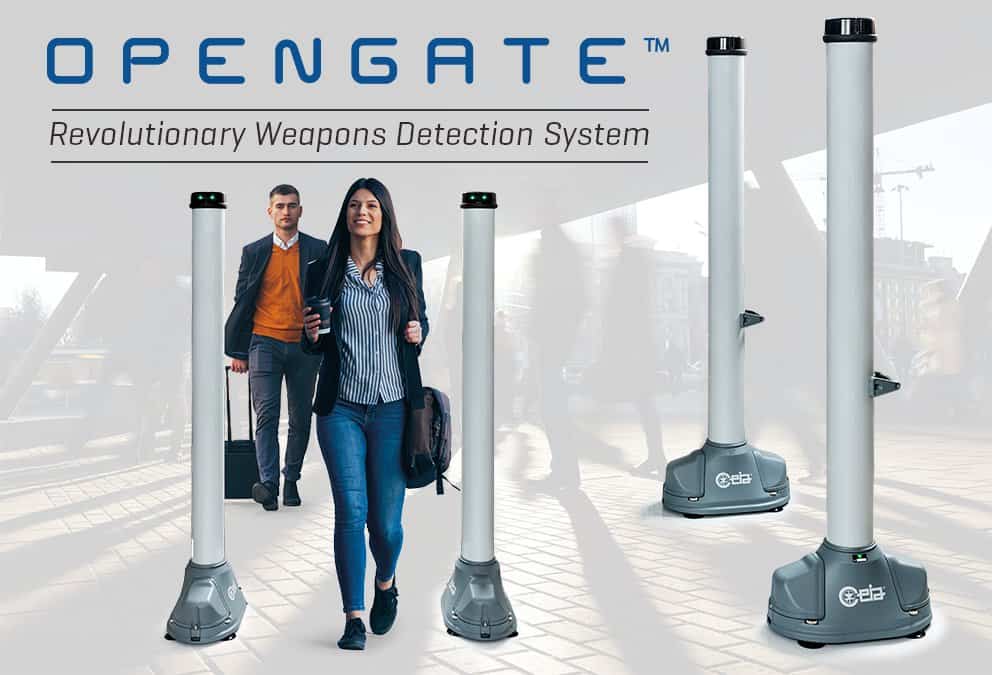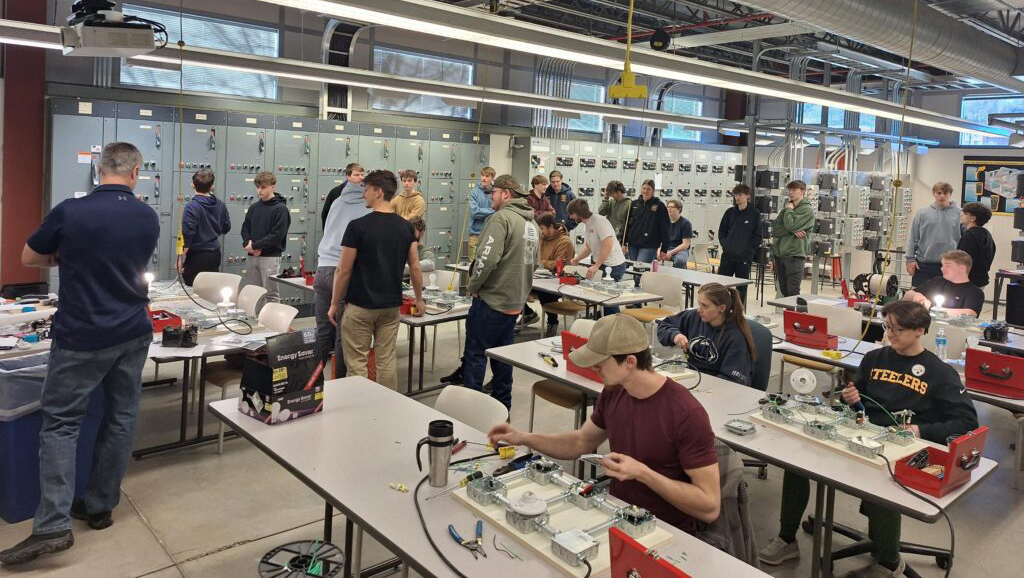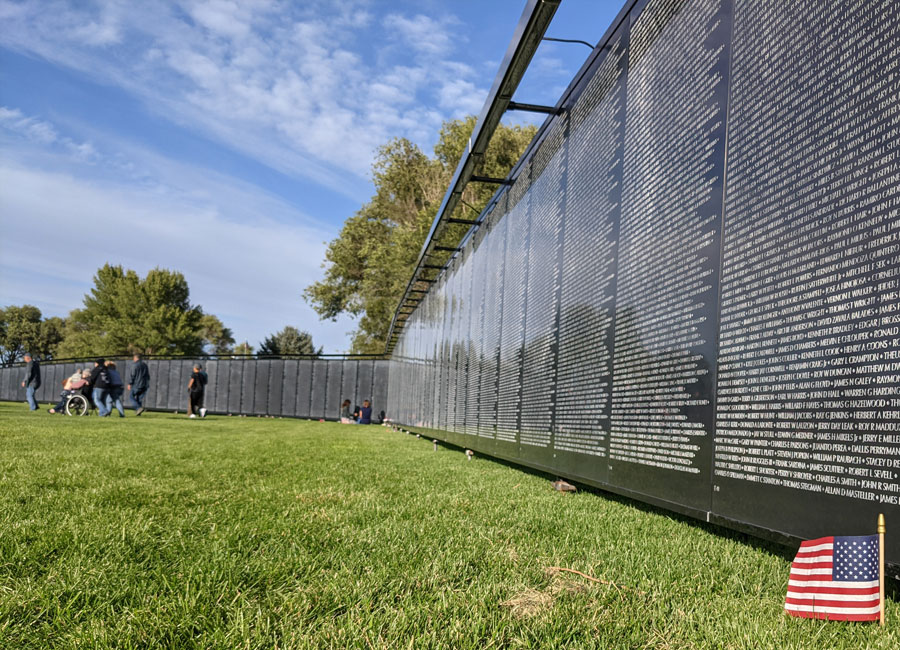Shaler Area High School and Middle School are set to add weapon detection systems at the start of the 2025-2026 school year. After an incident involving a student with a gun on a bus this year, the school district is making changes.
“We have a pretty large responsibility here within the school district, and that’s to protect the 3,800 students that come to school here every single day plus our employees,” Superintendent Dr. Bryan O’Black said. “We want to use every incident that we have across the district as an opportunity to look at our procedures and refine or improve them. So we sat down and we looked at it. We heard from a lot of people, as you can imagine. We took that into consideration as we were looking through procedures.”
After the initial incident there was a lot of investigating and then traveling to other schools to find a system that would be the right fit for Shaler Area. Dr. O’Black and other Shaler Area staff visited Gateway and Franklin Regional High Schools, which use weapons detectors, to observe how they are used in those schools, which are both similar in size to Shaler Area.
“We wanted to look at how other schools had responded in light of having an event similar to what we had here,” Dr. O’Black said. “So Mr. Misko, Dr. Brown, Mr. Wells, and myself all went and actually observed from when the students got off the bus, went through the system, and then went on with their day, within the building.”
Franklin Regional and Gateway both have different systems in place. Shaler Area officials decided on the one Franklin Regional uses for its weapon detection, OpenGate. Two of these systems will be installed in both the High School and the Middle School at the price of $18,741 each. However, these systems are not like your average metal detectors.
“Back about five or six years ago the only solution that we could have put into place was a pretty intrusive system and that’s metal detectors. We didn’t want that. We want to balance having a secure building but also giving you the environment you want to walk into every day,” Dr. O’Black said, “What the weapon detectors are attempting to do is determine the amount of metallic metal that you have on your person at any given time. So it’s not only detecting a weapon but it’s going to pull in any metallic metal that you have.”
Along with weapons, three ring binders, chromebooks, and large metal water bottles (think Owala, Yeti, and Stanley) will set the systems off. Additionally, school issued iPads may set the systems off.
“We may ask you to hold your iPad above your head.” Dr. O’Black said, “But, if you go through the system everyday with that bottle (Owala, Yeti, or Stanley), every day you’re going to end up going to alternate security.”
Dr. O’Black emphasizes that this process will be new for everyone from the staff to the students and it will be a learning process for all involved. Dr. O’Black said that a combination of staff and security personnel will be monitoring students as they pass through OpenGate.
“We’re going to use a combination of our teaching staff, our security guard staff, and then depending on our needs, we can tap into some of our other employees that we have within the buildings as well, like custodians, maintenance workers. That’s something that we wanted to get a handle on from other schools, how did they staff that? In all cases, it’s kind of all hands on deck,” Dr. O’Black said. “We have a lot of education to do, as we open the new school year. We are going to try to train you on the things that you can bring in to go through seamlessly and the things that if you do it every day you’re going to go to alternate security,” Dr. O’Black said.
Dr. O’Black described “alternate security” as an area for those who set off the detectors.
“Basically what they’re going to do is a search of your bag and then they are going to wand you to determine if you have anything on your person. Because when you go through weapons detection, we don’t know if it’s just that bottle. You could have something else on (you) that is setting that off.”
In addition to being screened every day entering the building, there will be some different procedures in the mornings regarding buses and students.
“Bus schedules are going to be altered slightly. Right now we have a pretty big entry (time) window, at the beginning of the day. We are looking to shrink that a little bit,” Dr. O’Black said. “The second piece we are looking at is just the overall entry into the building. So once you go through weapons detection, where do you go? Right now once you enter the building you have that free reign within the building. We may be tightening that up a little bit so that we go into a holding system.”
Dr. O’Black also mentioned the possibility that door alarms would be installed at the high school as a way to monitor anyone who might be entering the building and avoiding screening.
With this new system and the changes that will come with it, Dr. O’Black acknowledged the changes would not be easy at first, but were important.
“It is going to be a learning process, but when we sat down we wanted to make sure that we were putting measures in place to make sure that what happened, or something similar to it, doesn’t happen again.”















